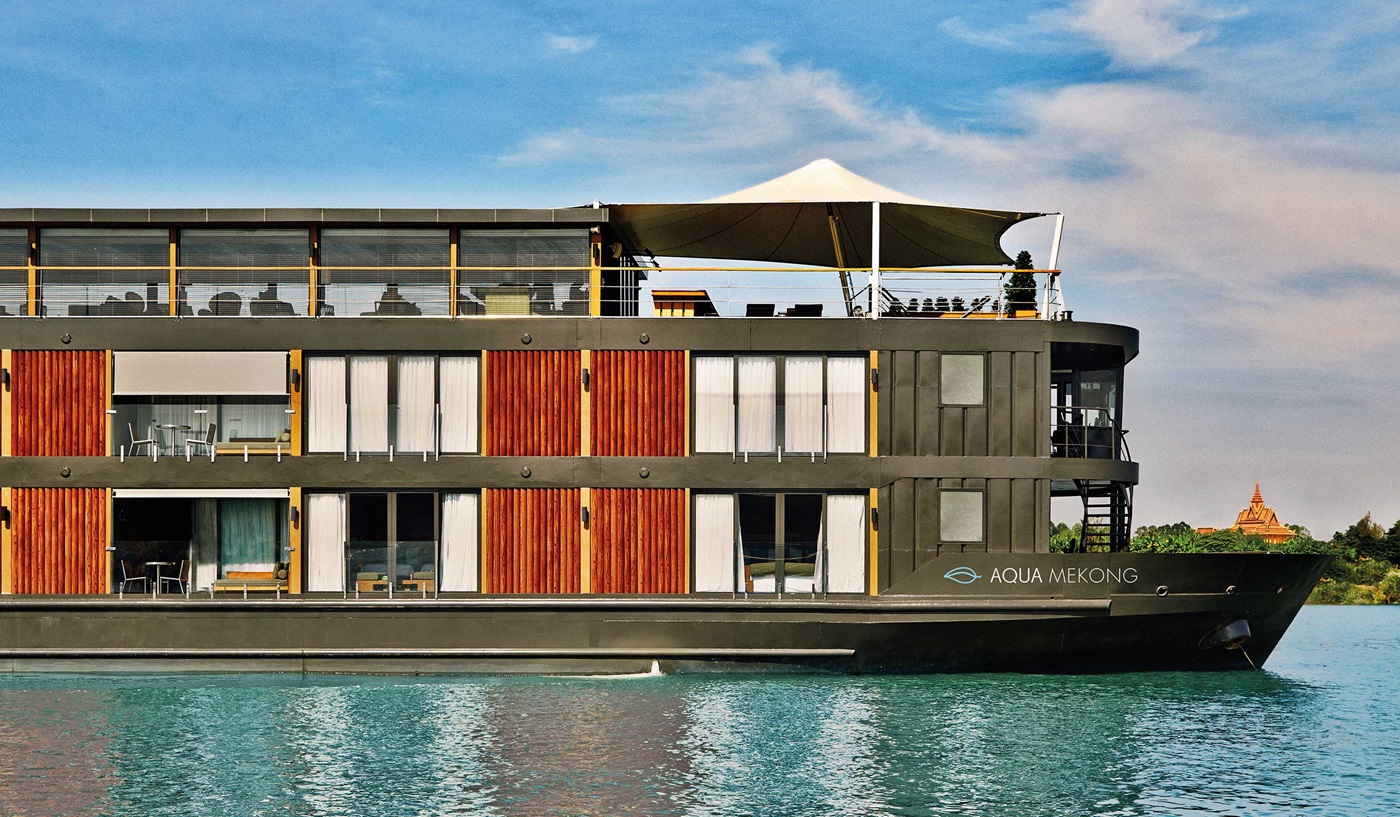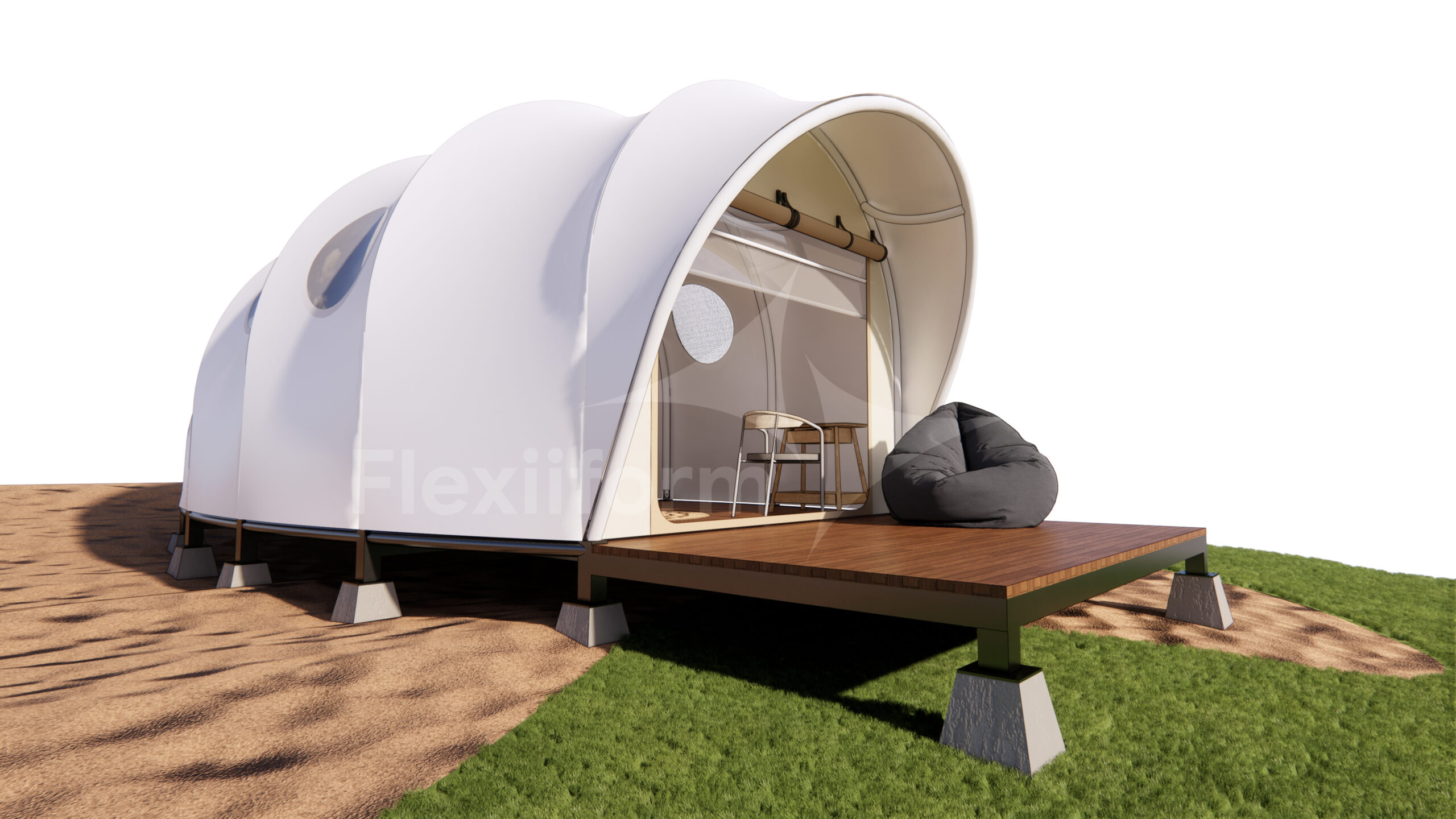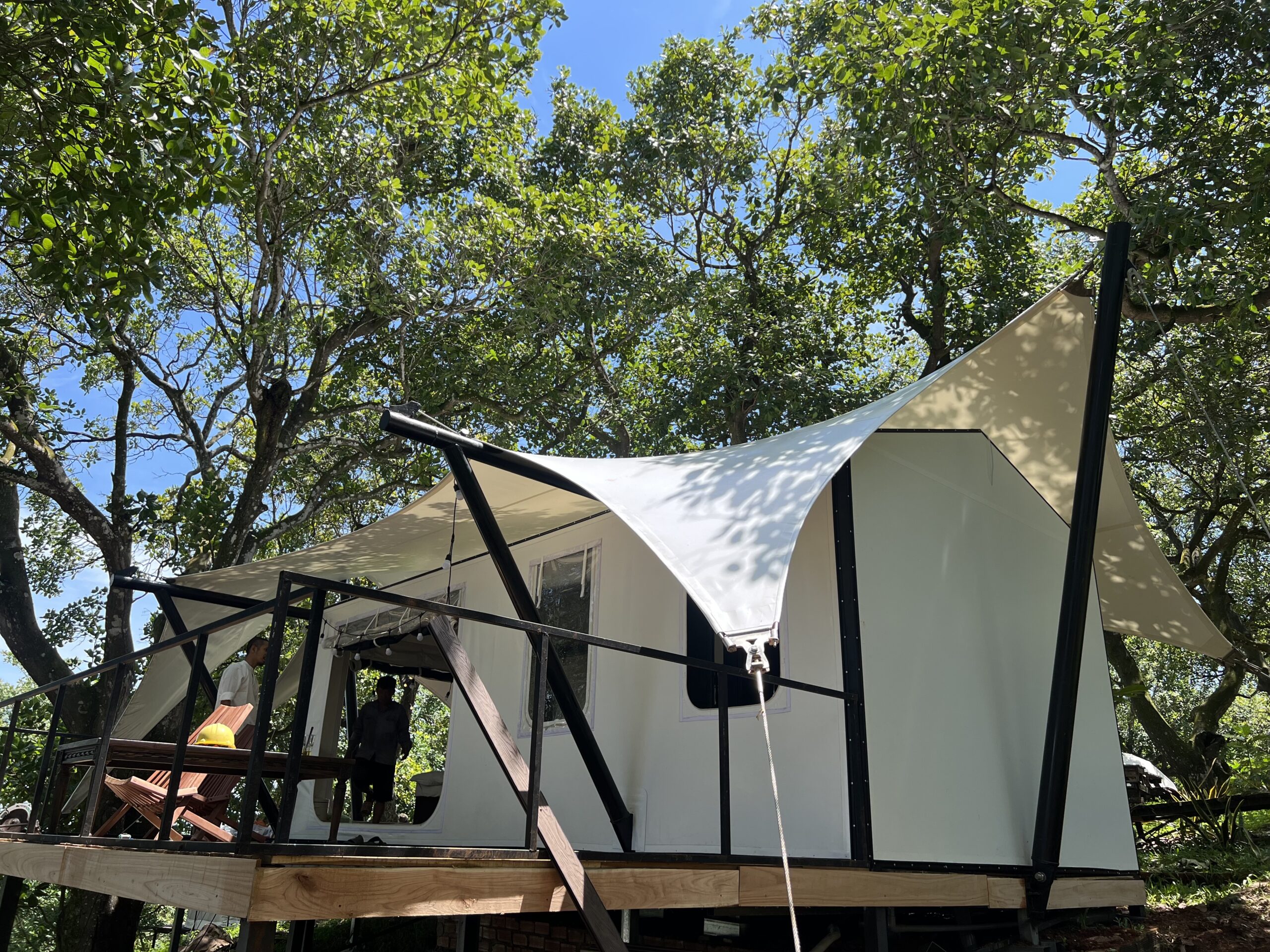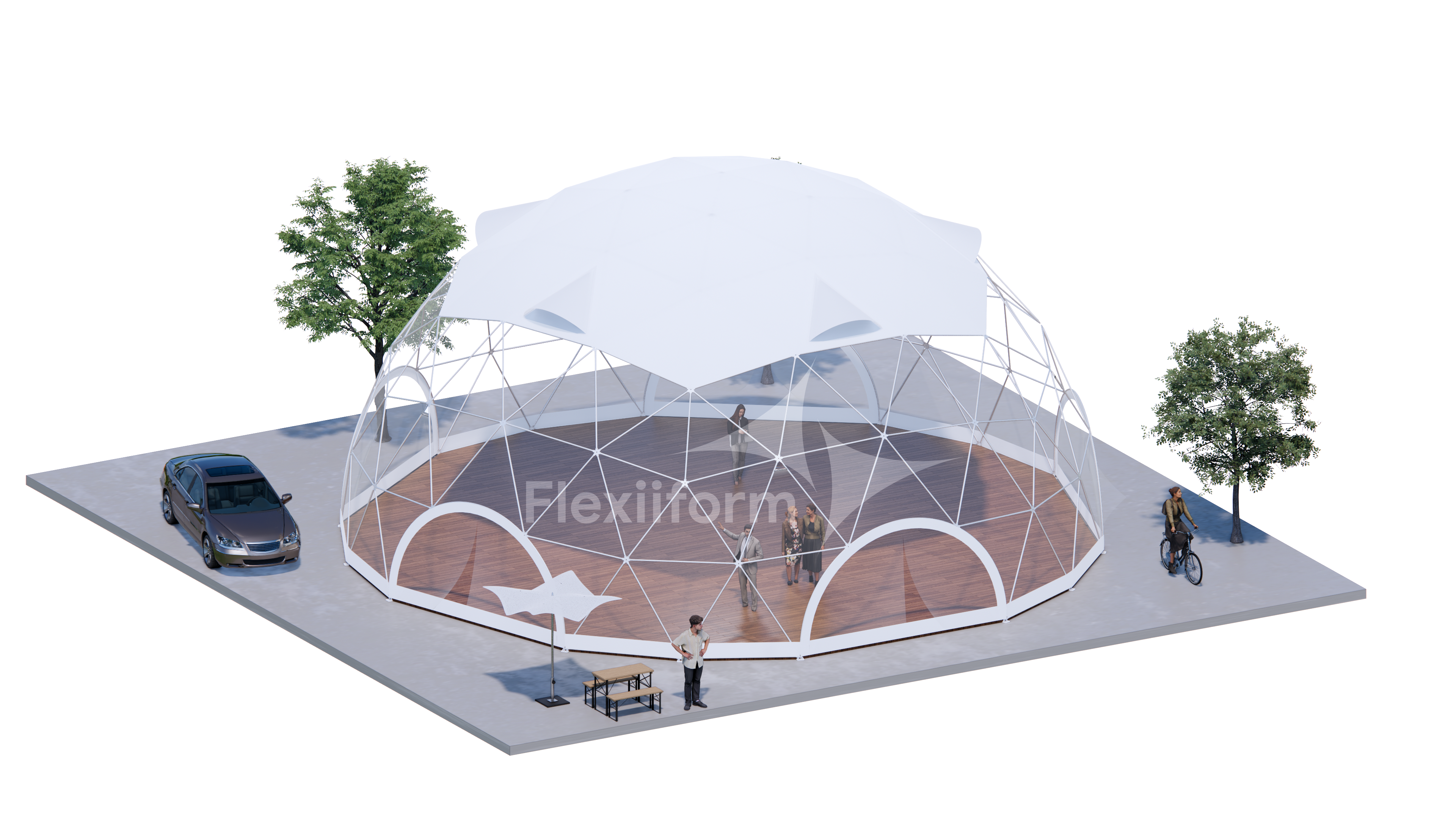Current Situation and Solution: Flood-Proof Canvas Houses – Improving Disaster Response Capability
The central provinces of Vietnam such as Quang Nam, Quang Binh, Thua Thien Hue, and many other areas around the world are heavily affected by natural disasters and climate change, with increasingly high and prolonged flooding levels. While traditional housing solutions are not resilient enough or are easily damaged, causing loss of property and danger to people. To address this challenge, FlexiiForm™ canvas flood-proof floating houses have been developed as an optimal solution. This model maximizes its function in areas with high flood levels, with large amplitudes of 4-14m, long-term immersion of 3-10 days and no strong currents, helping people store belongings, food, essential items and have a safe shelter during the flood season.
—
Technical Requirements Analysis & Solution Context
Areas frequently affected by flooding require a housing solution that can float when water levels rise, protecting property and human life. Technical requirements include: the structure must be lightweight but strong enough to withstand prolonged and large flood conditions; the materials must be durable, waterproof, resistant to environmental impacts and have a long life; the design must be flexible, adaptable to the needs and financial capacity of each household, and easy to construct and maintain. The context requires a solution that is not only technical but also humane, supporting the flood-affected community.
—
Technical Solutions
FlexiiForm™ canvas flood shelters are developed based on the principle of tensile fabric architecture and traditional inflatable house ideas, but with improved materials and construction to ensure safety and efficiency.
Structure of the Flood Proof Canvas House
The surface of the canvas flood-proof floating house has a honeycomb shape (hexagon with 6 sides). This structure can exist as a single unit (1 unit) or combined into a cluster by connecting the structural edges together to form a solid, sturdy house block. Each unit of the canvas flood-proof floating house is made up of 6 layers: a layer of barrel floats, a frame layer supporting the floor, a floor border (to connect the iron frame to the floor), the iron frame body and finally a thick, high-strength canvas cover. Each unit can have its own function (for example: 1 unit for living and working, 1 unit for food storage, 1 unit for housing livestock and poultry). Depending on the needs and financial capacity, people can choose the appropriate form and number of floating houses. In necessary cases, households can also link the floating house system together to support and help each other. (Refer to the section on fixing the house to the land from Jang Keu's flood-proof house project).

Materials to Build a Flood Proof Canvas House
Based on the principle of tensioned canvas architecture and the idea of traditional floating houses (instead of traditional corrugated iron roofs, wooden columns, iron columns and barrels with uncertain safety), FlexiiForm has developed a type of floating house with iron frames and reinforced canvas, carefully calculated in structure to be able to stand firmly, helping people stay safe during flood season.
- Surrounding canvas and canopy: Made from PVDF (Polyvinylidene Fluoride) – a familiar material in tensile canvas canopy architecture. PVDF is made from tightly woven fabric fibers, reinforced and coated with an external protective layer to resist weather conditions. This material is lightweight, has good tensile strength, high light transmission and durability, and is self-cleaning, thereby reducing maintenance requirements. PVDF is also an environmentally friendly material.
- Floating base: Connected from a system of large drums. The heavier the material above or the larger the area, the larger the supporting buoy tank. Each different house area will have a different number of corresponding drums. The house area depends on the financial capacity and usage needs of the household. This floating base can be created in many different ways:
- Multiple layers of barrels: The upper layer is empty and can be used to store furniture and belongings; the lower layer is in direct contact with water, helping to keep the entire floating tarpaulin flood-proof house system afloat.
- Container for used plastic bottles, jars, and barrels: Create a “mobile floating tank”, which can utilize used plastic products, stored below to help float the house above.
Standard plastic drums are very durable, even when used outdoors. During times when there is no flood, people can remove the drums from their homes and store them inside. At that time, the drums can also be used to store water or agricultural products, increasing their functionality and when stored safely, the life of the drum will be increased.
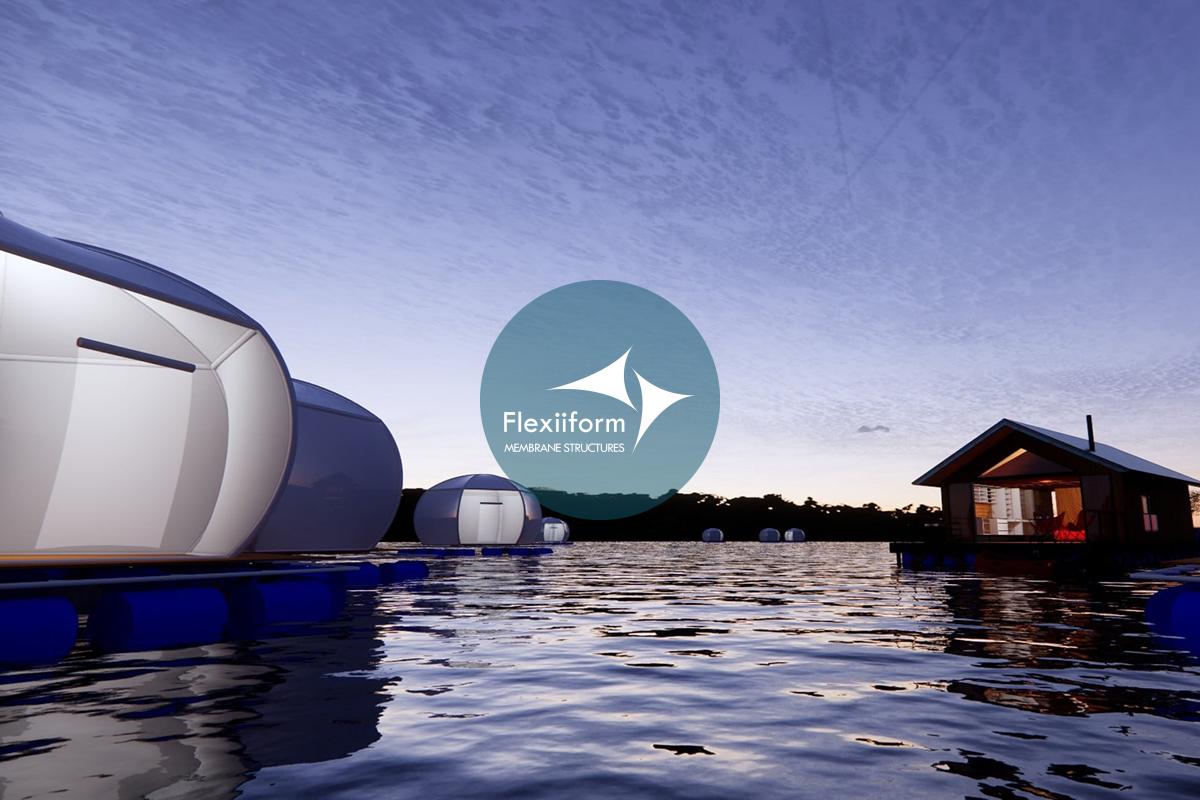
—
Results and Performance Evaluation
The canvas flood-proof floating house is a useful and safe type of house, helping people solve difficult problems encountered during the flood season such as: storing food, belongings, poultry to avoid damage, loss, and also providing a safe shelter for people in many cases. This solution is deeply humane, providing an effective means to minimize damage caused by natural disasters. People will be supported by architects in terms of technology to build a safe, economical house that can still expand its function in the future, adapting to each specific condition in each locality. The ability to improve the model annually also makes it more suitable to the actual situation, providing an economic and effective solution for people in flood-prone areas.
—
Contact Technical Consulting
FlexiiForm is proud to be one of the leading units in Vietnam providing solutions for designing and constructing stretch canvas. The predecessor of FasTech company, FlexiiForm team gathers experts with over 10 years of experience in the industry and a team of consultants providing solutions according to the requirements for a variety of models and projects at home and abroad. To learn more about service and product information, customers please contact FlexiiForm directly via phone number +84 867 868 830 or visit Fanpage FlexiiForm and Website FlexiiForm to learn more about service and product information.



